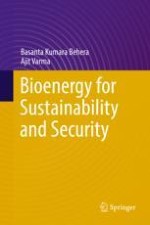2019 | OriginalPaper | Buchkapitel
5. Bioelectricity Generation
verfasst von : Basanta Kumara Behera, Ajit Varma
Erschienen in: Bioenergy for Sustainability and Security
Aktivieren Sie unsere intelligente Suche, um passende Fachinhalte oder Patente zu finden.
Wählen Sie Textabschnitte aus um mit Künstlicher Intelligenz passenden Patente zu finden. powered by
Markieren Sie Textabschnitte, um KI-gestützt weitere passende Inhalte zu finden. powered by
